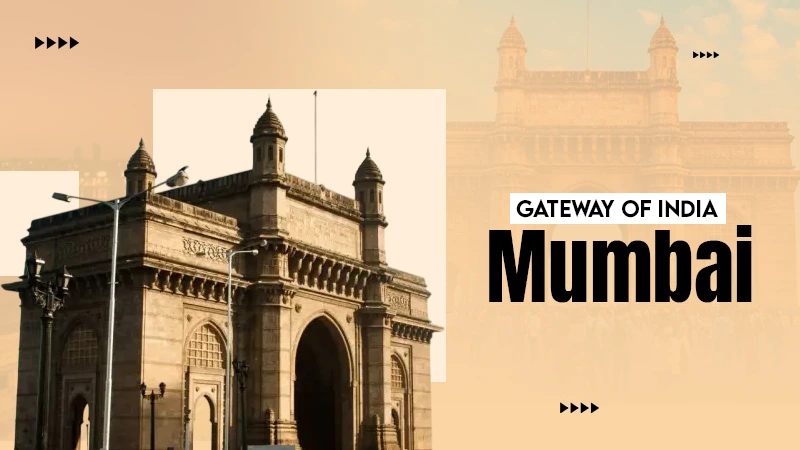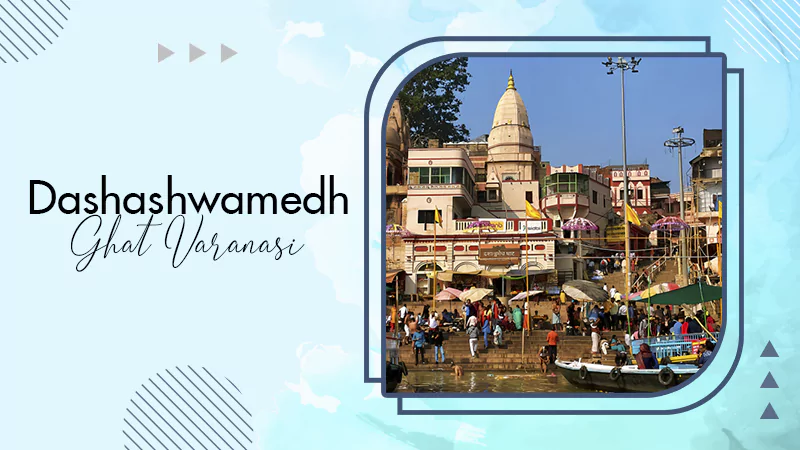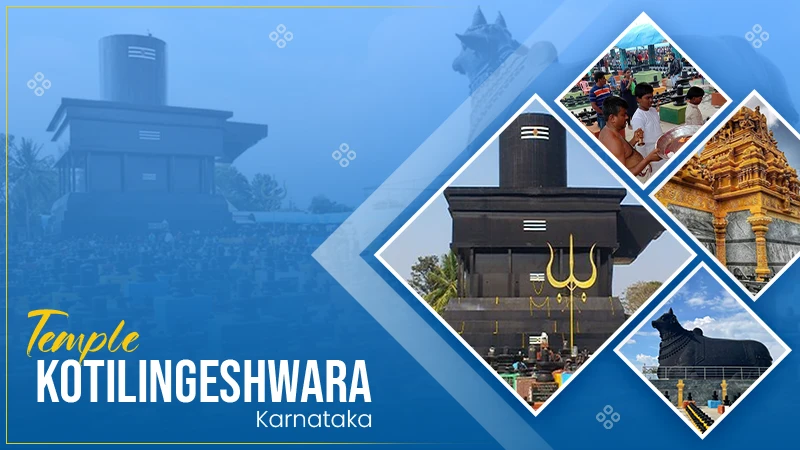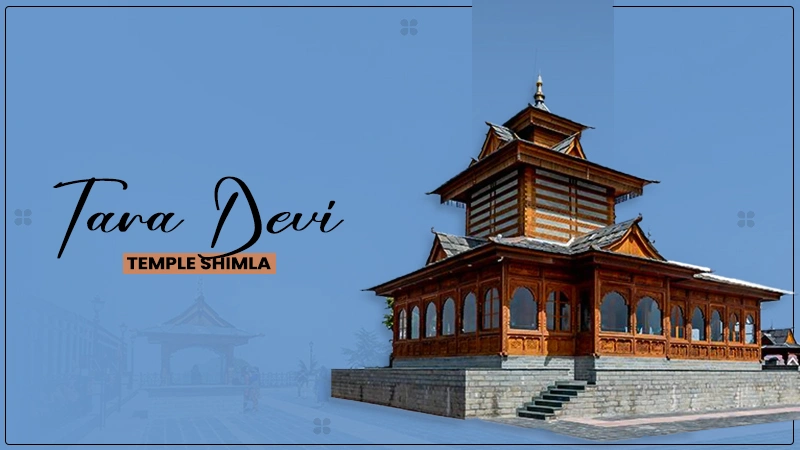
The medieval era gem—Sheesh Mahal Shalimar Bagh Delhi has now been reopened to visitors after 370 long years! This has been made possible after the successful restoration of the monument that once radiated Mughal opulence.
Stroll in the elaborate Char Bagh-style gardens and admire the art leisurely, now that you’ve been given the opportunity no ancestor in 370 years has had!

Find the history of Sheesh Mahal in Shalimar Bagh Delhi, its timings, location, how to reach there, and much more with this quick read!
A Preface to Sheesh Mahal Shalimar Bagh Delhi
The history of Sheesh Mahal in Shalimar Bagh Delhi has not just been confined to one era. Originally built in 1653 by Shah Jahan as Aizzabad Bagh, the palace was a part of the larger Sheesh Mahal Park in Shalimar Bagh.
It is a replica of the original Shalimar Bagh in Kashmir, honoring its beauty and glamor. The gardens and Sheesh Mahal were built to commemorate Izz-un-Nissa, the third wife of Shah Jahan.
Both Shalimar Bagh and Sheesh Mahal were an intricate part of the Mughal family’s summer retreat. Since then, the mahal has been a part of the various coronation ceremonies, summer residences, and camps.
Find more about the Sheesh Mahal Shalimar Bagh history in the section following this one.
Glimmering History of Sheesh Mahal in Shalimar Bagh Delhi

Fascinated by the Shalimar Bagh in Srinagar, Shah Jahan commissioned the construction of the mahal. At first glance, it may seem like just a memorial of love of yet another Mughal ruler for his beloved wife, but the unique aspect of Sheesh Mahal lies in its architectural concept.
Due to its intriguing beauty and vast, leisurely gardens, it has been the spot for summer retreats of the Mughal kings. Sheesh Mahal has also played more than just an ornamental role, extending its influence in the history books by being a visceral part of Aurangzeb’s coronation in 1658.
In 1803, Sir David Octerlony held the space as his summer residence, which was the first instance of a British resident setting foot in Sheesh Mahal. Later on, it was used as a strategic encampment base by the British forces in the Royal Mutiny of 1857.
This was to touch up on Sheesh Mahal Shalimar Bagh history aspect; here’s more about its architectural side.
Architectural Brilliance of Sheesh Mahal Shalimar Bagh Delhi

The concept of Sheesh Mahal Shalimar Bagh New Delhi, was a fascinating one, which left many in awe. What is even more intriguing is the well-thought-out revival of the structure.
Sheesh Mahal has been restored using the natural binding agents like jaggery, urad dal and bael fruit mixture. Even the lakhauri bricks and lime surkhi (a mortar made of lime and brick dust) were used to keep the originality of the structure intact.
Here are a few more intriguing features of Sheesh Mahal Shalimar Bagh New Delhi:
- Mughal Char Bagh Style: The Char Bagh feature is unique to Mughal architecture, which divides a bigger quadrilateral garden into four smaller subsections. This was popularized in the olden days, as it matches the description of the Four Gardens of Paradise as mentioned in the Quran.
- Frescoes: Frescoes are the paintings made on the ceiling while the plaster is still wet. Gorgeous frescoes featured the element of naturalism and had intricate details. With soft colors and smooth strokes, it reflected the blend of Persian and Indian artistic styles.
- Baradari: The term translates to “the 12 doors” in Persian, and is an element added to magnify the effect of vastness and openness in Mughal architecture.
- Mirror Work: Sheesh Mahal’s statement jewel is the kaleidoscope-like use of mirrors within. Since it was a concept nascent to the people at the time, its popularity spread like wildfire, and people grew curious to witness this wonder.
- Red Sandstone and Lakhori Bricks: Red sandstone and white marble were the two statement materials used in Mughal architecture at the time, and thus it isn’t a surprising element. The use of lakhori bricks, however, is a unique element, as it gained popularity during the reign of Shah Jahan.
Sheesh Mahal Shalimar Bagh Timings & Entry Fees
Sheesh Mahal park Shalimar Bagh, and the monument will be open to visitors from 11 am to 9 pm every day, including public holidays and weekends.
Since Sheesh Mahal Shalimar Bagh Delhi has now been reopened after 370 years, it’s time for visitors to witness the Mughal opulence, which is free of cost. The government wants to encourage people to understand and indulge in the beauty of this mahal and has hence kept it accessible to everyone.
It is best visited in the morning when the gardens are at their peak vibrancy. Once you’ve taken in the beauty and gone through all the details, there’s an opportunity to go boating at Bhalswa Lake. For more fun activities, you can visit Adventure Island and complete the day with some food and amazement.
To find out how not to waste any time getting lost, read the next section about how to reach Sheesh Mahal.
How to Reach Sheesh Mahal?
Sheesh Mahal Haiderpur Shalimar Bagh New Delhi is easily navigable with many ways to reach it, like the e-rickshaws, metro stations nearby, and Delhi Transport Corporation buses. Here’s a more detailed breakdown for your understanding:
Sheesh Mahal Shalimar Bagh Delhi Location on Map

Address: Sheesh Mahal, Haiderpur, Shalimar Bagh, New Delhi-110088.
Modes to Reach Sheesh Mahal:
- By Bus: The closest bus stop to Sheesh Mahal Shamilar Bagh Delhi is Haiderpur, just a 4-minute walk away. Buses that stop here are 116, 130, 166, 183, 883, 982, and 891.
- By Metro: Two of the closest metro stations are Jahangirpuri and Haiderpur Badli Mor, on the yellow line. A short rickshaw ride or a 5-minute walk will lead you to the destination. Shalimar Bagh Metro Station will also lead you to the Mahal if you’re taking the pink line.
- By Railways: Azadpur is the closest railway station at a distance of about 11.7 km from the mahal.
- By Road: Navigate to the address using Google Maps:
- Sheesh Mahal, Haiderpur, Shalimar Bagh, New Delhi-110088.
All that could theoretically be uncovered about Sheesh Mahal has been unveiled; the remaining exploration from here onwards has to be done after reaching the spot! So let’s move to the summary.
In a Nutshell
Sheesh Mahal Shalimar Bagh is a glorious gem that awaits being shone a little light. Now that the government has rubbed the dust off by restoring the monument to its original shape, it is time to visit it and unfold the secrets it has withheld for 370 years.
Being able to stroll through the sacred and beloved gardens of Mughal kings, which were off-limits to the public back then, is a fortune we live to witness and must take advantage of!
What is the history of Sheesh Mahal Shalimar Bagh?
The Mughal ruler Shah Jahan built this monument in 1653 for his third wife, Izz-un-Nissar.
Why is it called Sheesh Mahal?
Sheesh Mahal was named due to the captivating mirror work on the inner walls and ceiling of the monument.
Which metro line goes to Shalimar Bagh?
The pink line from Majlis Park to Shiv Vihar is the one that goes to Shalimar Bagh.
What is the Sheesh Mahal ticket price?
Entry to Sheesh Mahal Shalimar Bagh New Delhi is completely free as of now.












